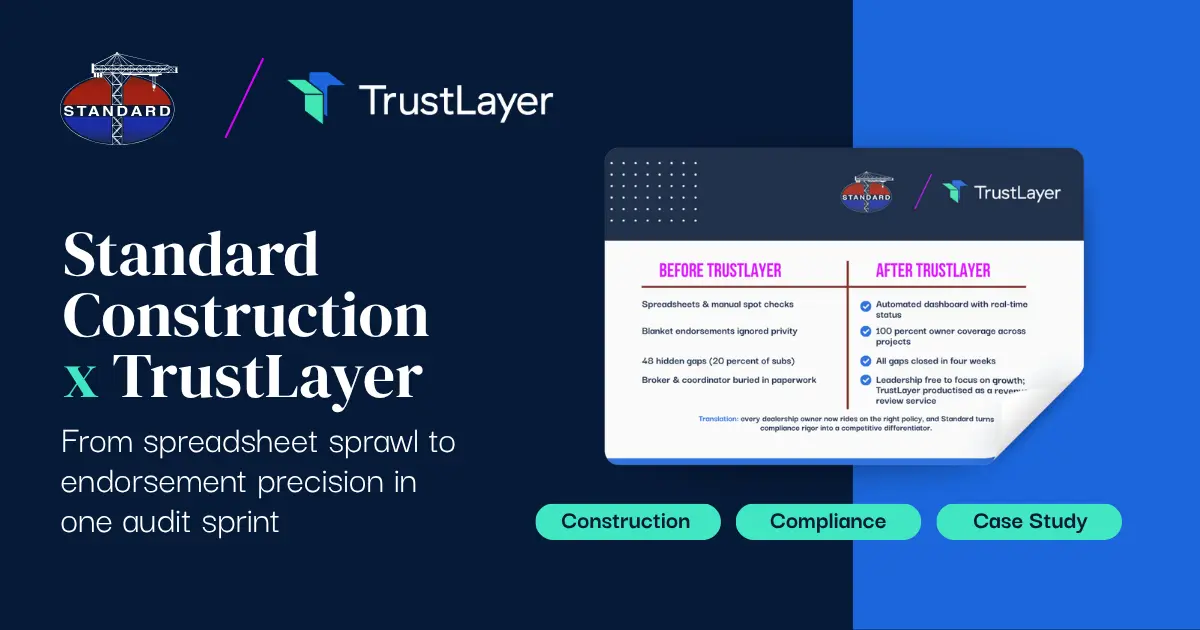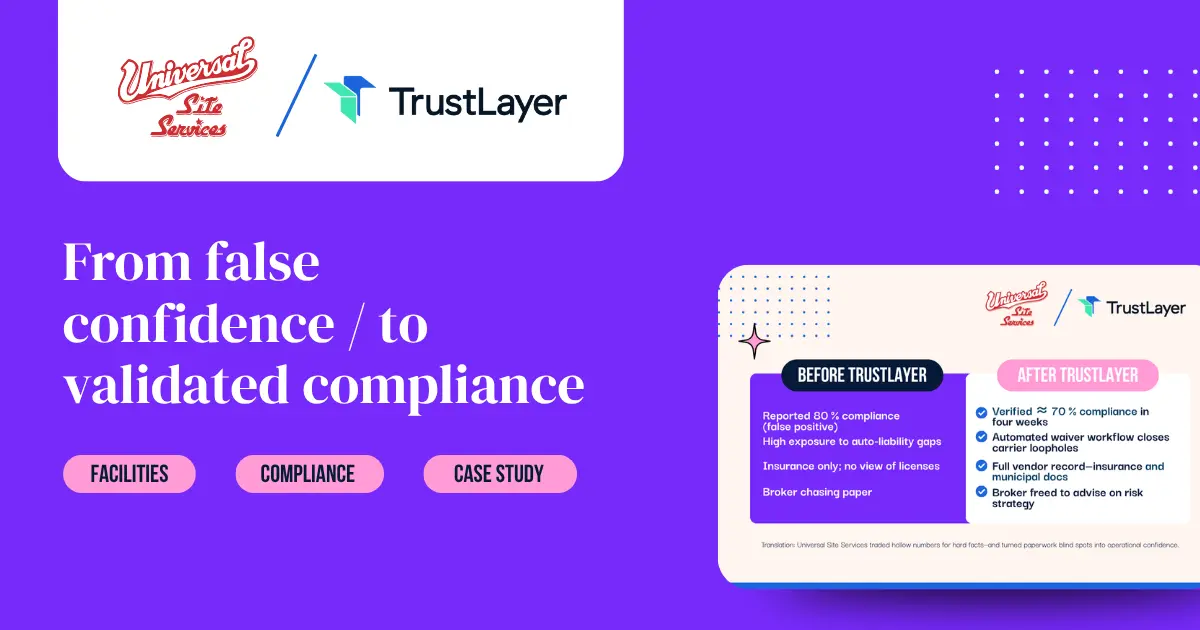3 Basic Types of Insurance for Real Estate Investors

Investing in real estate can be a lucrative venture, but it also comes with its fair share of risks. One of the most effective ways to mitigate these risks is through insurance. Understanding the different types of insurance available can help real estate investors protect their assets and ensure long-term success. In this article, we will explore three basic types of insurance that every real estate investor should consider.
1. Property Insurance
Property insurance is essential for any real estate investor. This type of insurance protects the physical structure of the property against various risks, including fire, theft, vandalism, and natural disasters. Without property insurance, an investor could face significant financial losses in the event of damage to their investment.
Types of Property Insurance
There are several types of property insurance policies available, each catering to different needs. The most common include:
- Homeowners Insurance: Typically used for owner-occupied properties, this insurance covers the dwelling, personal property, and liability.
- Landlord Insurance: Explicitly designed for rental properties, this policy covers the building, loss of rental income, and liability claims.
- Commercial Property Insurance: For those investing in commercial real estate, this insurance protects against risks associated with commercial buildings and their contents.
Why Property Insurance is Crucial
Investing in property without insurance is akin to walking a tightrope without a safety net. A single incident, such as a fire or storm damage, could lead to overwhelming repair costs. Property insurance not only covers these expenses but also provides peace of mind, allowing investors to focus on their business without the constant worry of unforeseen disasters.
Moreover, property insurance can also enhance the overall value of an investment property. Lenders often require proof of insurance before approving a mortgage, as it protects their investment as well. This requirement can make properties with comprehensive insurance more appealing to potential buyers or renters, knowing that they are safeguarded against unexpected events. Additionally, having property insurance can help investors manage their cash flow more effectively, as they can budget for premiums rather than facing sudden, large expenditures for repairs or replacements.
It's also important to regularly review and update property insurance policies to ensure they align with the current value of the property and any renovations or improvements made. As property values increase or as new risks emerge, such as those related to climate change, having an up-to-date policy can be crucial in maintaining adequate protection. Engaging with an insurance agent who understands the nuances of real estate investments can provide invaluable guidance in selecting the right coverage and ensuring that an investor's assets are well-protected.
2. Liability Insurance
Liability insurance is another critical component of a comprehensive insurance strategy for real estate investors. This type of insurance protects against claims resulting from injuries or damages that occur on the property. If a tenant or visitor is injured on the premises, liability insurance can cover legal fees, medical expenses, and any resulting settlements.
Understanding Liability Risks
Real estate investors face various liability risks, including:
- Slip and Fall Accidents: These are common in properties with shared spaces or outdoor areas. A tenant or visitor may trip over an uneven surface, leading to potential legal claims.
- Property Damage: If a tenant's property is damaged due to the landlord's negligence, liability insurance can help cover the costs.
- Negligence Claims: If a landlord fails to maintain the property or address safety concerns, they could be held liable for any resulting injuries.
The Importance of Liability Insurance
Liability claims can be financially devastating. Legal fees, medical expenses, and potential settlements can quickly add up, putting a significant strain on an investor's finances. Liability insurance acts as a safety net, ensuring that investors are protected from these unforeseen expenses. By investing in liability insurance, real estate investors can safeguard their assets and focus on growing their portfolio without the constant fear of legal repercussions.
Moreover, liability insurance can also enhance the credibility of a real estate investor. When potential tenants or buyers see that a property is insured, it can instill a sense of confidence and trust. This assurance can lead to higher occupancy rates and a more stable rental income, as tenants are more likely to choose a property that demonstrates a commitment to safety and responsibility. Additionally, many lenders require liability insurance as part of their financing terms, making it not only a wise investment but also a necessary one for securing funding.
Investors should also be aware that liability insurance policies can vary significantly in coverage and limits. It is crucial to thoroughly review and understand the policy's terms, including any exclusions that may apply. Some policies may not cover certain types of incidents, such as those arising from intentional acts or criminal activities. Therefore, working with an experienced insurance agent can help investors select a policy that aligns with their specific needs and risk profile, ensuring comprehensive protection for their real estate ventures.
3. Loss of Income Insurance
Loss of income insurance, also known as rental income insurance or business interruption insurance, is a vital consideration for real estate investors who rely on rental income. This type of insurance provides coverage for lost rental income due to unforeseen circumstances that render a property uninhabitable, such as natural disasters or significant repairs. For landlords, this insurance is not just a safety net; it is an essential part of a comprehensive risk management strategy that can safeguard their investment portfolio.
How Loss of Income Insurance Works
When a property becomes uninhabitable, landlords may lose a significant source of income. Loss of income insurance helps cover the lost rent during the period of repairs or rebuilding. This ensures that investors can continue to meet their financial obligations, such as mortgage payments and property taxes, even when their property is temporarily unavailable for rent. Typically, policies specify a coverage period, which often ranges from a few months to a year, depending on the severity of the damage and the time required for repairs. Landlords must understand the terms of their policy, including any waiting periods before benefits kick in and the maximum payout limits.
Benefits of Loss of Income Insurance
Investing in loss of income insurance can provide several benefits:
- Financial Stability: This insurance helps maintain cash flow during challenging times, allowing investors to manage their finances effectively.
- Peace of Mind: Knowing that rental income is protected can alleviate stress and allow investors to focus on property management and growth.
- Attracting Tenants: Properties with loss of income insurance may be more appealing to potential tenants, as they may feel more secure knowing that their landlord is prepared for unexpected events.
Moreover, loss of income insurance can also cover additional expenses incurred during the recovery phase, such as temporary housing for displaced tenants or increased operational costs. This added layer of protection can be invaluable, especially for multi-unit properties where the impact of a single vacancy can ripple through the entire rental income stream. Additionally, some policies may offer optional endorsements that enhance coverage, such as protection against loss of income due to tenant default or extended coverage for specific types of disasters, making it a versatile tool for landlords looking to mitigate various risks associated with property management.
Furthermore, the process of obtaining loss of income insurance can also prompt landlords to assess their properties more critically. This might involve conducting thorough inspections and implementing preventative measures to reduce the likelihood of damage. By investing in loss of income insurance, landlords not only protect their income but also foster a proactive approach to property management, ensuring that they are better prepared for any potential challenges that may arise in the future.
Choosing the Right Insurance Policies
With a clear understanding of the basic types of insurance available, real estate investors must now consider how to choose the right policies for their specific needs. This process involves assessing individual circumstances, property types, and investment strategies to determine the most suitable options.
Assessing Individual Needs
Every real estate investor has unique needs based on their portfolio and investment goals. Factors to consider include:
- Type of Properties: Different properties come with different risks. For instance, a single-family home may require different coverage than a multi-unit apartment building.
- Location: Properties in areas prone to natural disasters may need additional coverage, while those in urban settings may face different liability risks.
- Investment Strategy: Investors focusing on short-term rentals may have different insurance needs compared to those holding properties for long-term rental income.
Consulting with an Insurance Professional
When navigating the complexities of insurance, consulting with an insurance professional can provide valuable insights. These experts can help investors understand their options, compare policies, and find coverage that suits their specific needs. They can also help identify any gaps in coverage that may leave investors vulnerable.
Furthermore, insurance professionals often have access to a wide range of insurance products and can recommend specialized policies that cater to niche markets. For example, if an investor is involved in flipping properties, they might benefit from a builder's risk policy that covers homes under renovation. Additionally, these professionals can provide guidance on the latest trends in the insurance industry, such as the growing importance of cyber liability coverage for landlords who manage their properties online.
Moreover, investors need to stay informed about the evolving regulatory landscape that can impact insurance requirements. Local laws may dictate minimum coverage levels, especially in areas with strict building codes or rental regulations. An insurance professional can help navigate these complexities, ensuring that investors remain compliant while maximizing their protection. By leveraging their expertise, investors can make informed decisions that not only safeguard their assets but also enhance their overall investment strategy.
Conclusion
In the world of real estate investing, insurance is not just an option; it is a necessity. Property insurance, liability insurance, and loss of income insurance are three fundamental types that every investor should consider. By understanding these insurance types and their importance, real estate investors can protect their assets, mitigate risks, and secure their financial future.
Investing in real estate can be rewarding, but it is essential to approach it with a comprehensive risk management strategy. By prioritizing insurance coverage, investors can focus on growing their portfolios and achieving their financial goals with confidence.
As a real estate investor, you understand the importance of safeguarding your assets and streamlining your risk management processes. TrustLayer is here to elevate your insurance tracking and compliance verification to the next level. With our best-in-class certificate of insurance (COI) tracker, you can automate the tedious tasks of document collection, storage, and verification, freeing up valuable time and resources. Embrace the future of risk management with TrustLayer's innovative technology, designed to validate trust quickly and efficiently. Don't let manual processes slow you down. Schedule a time to talk with our team today and discover how TrustLayer can transform your approach to risk management.
















